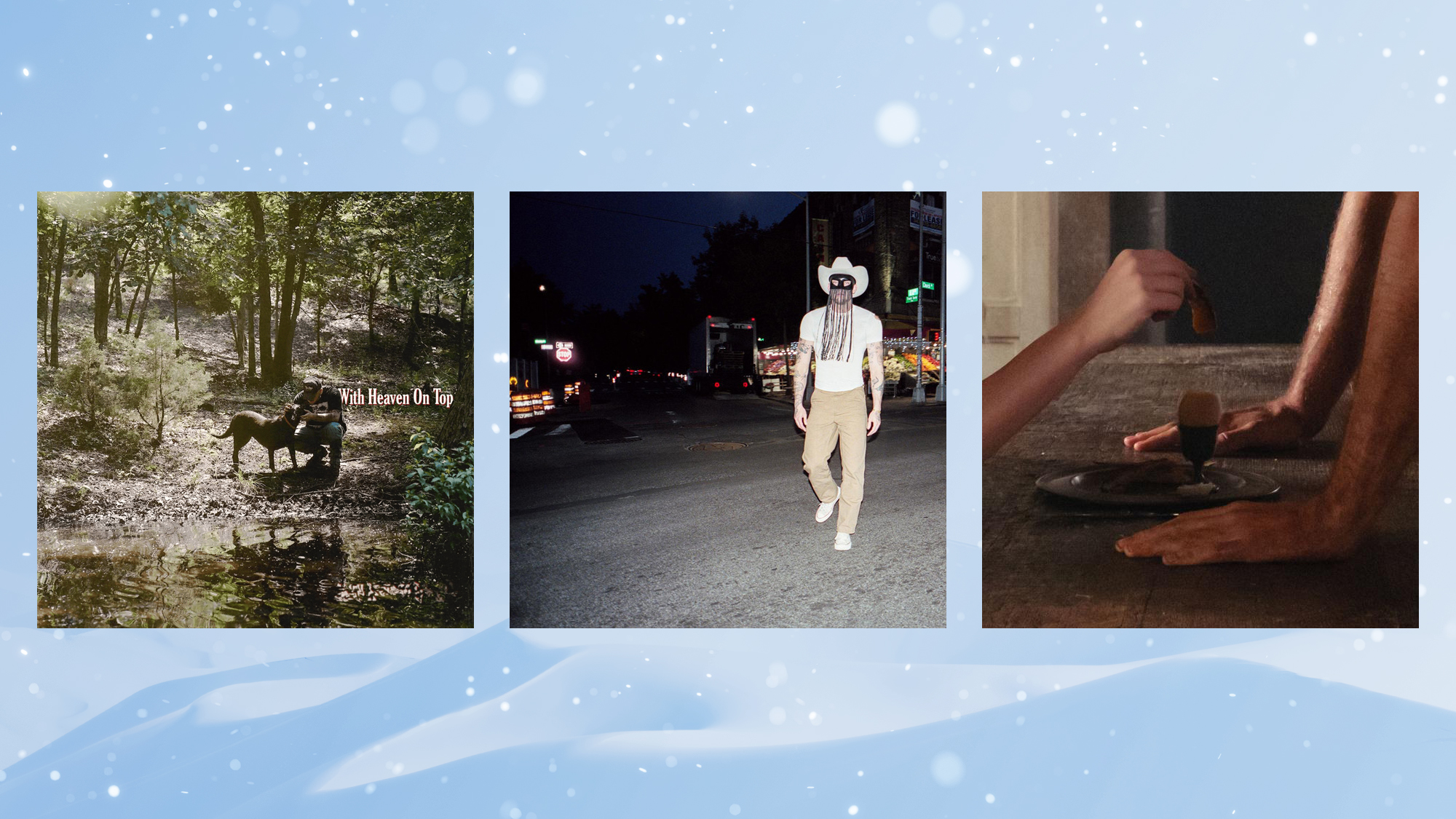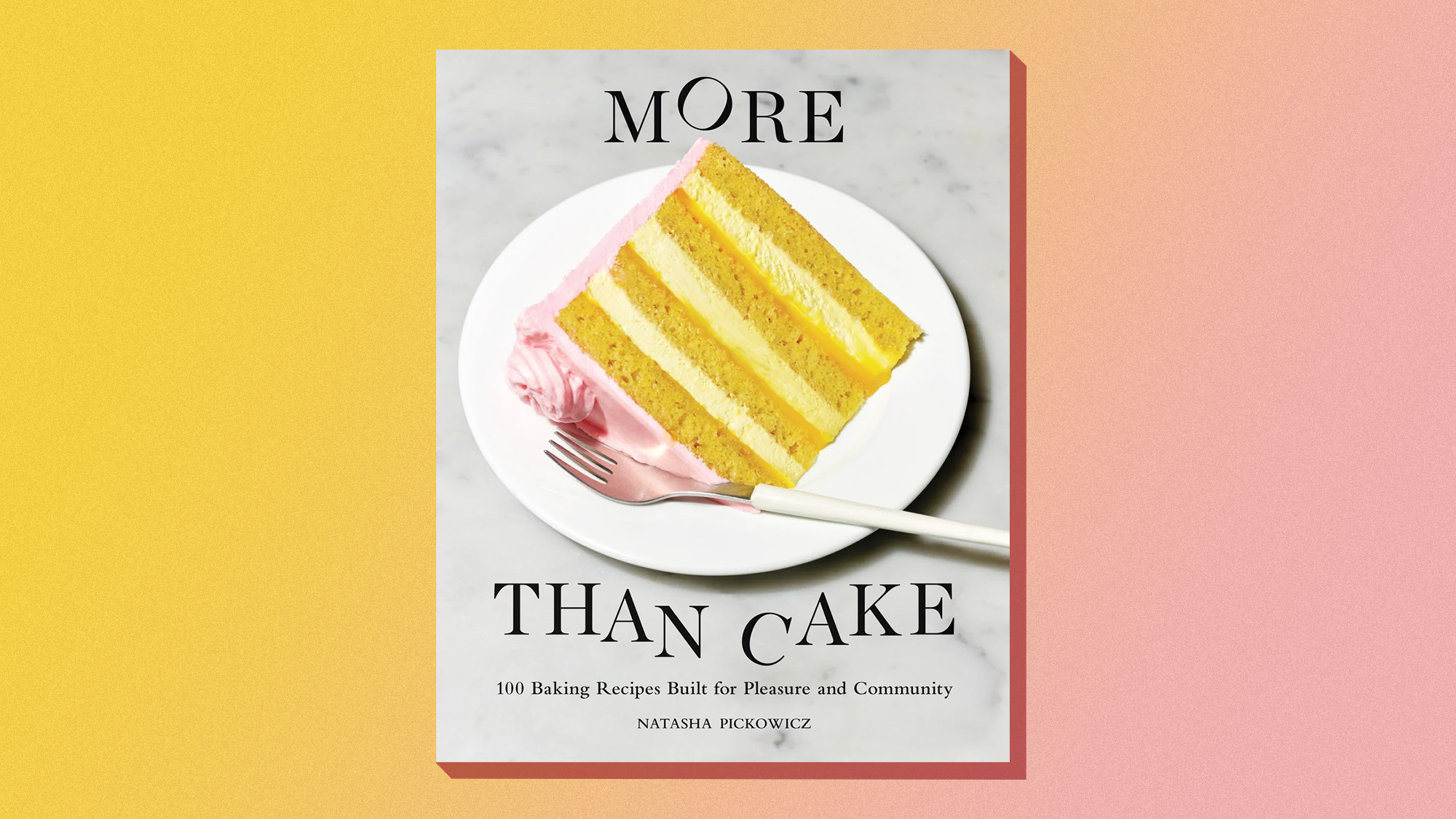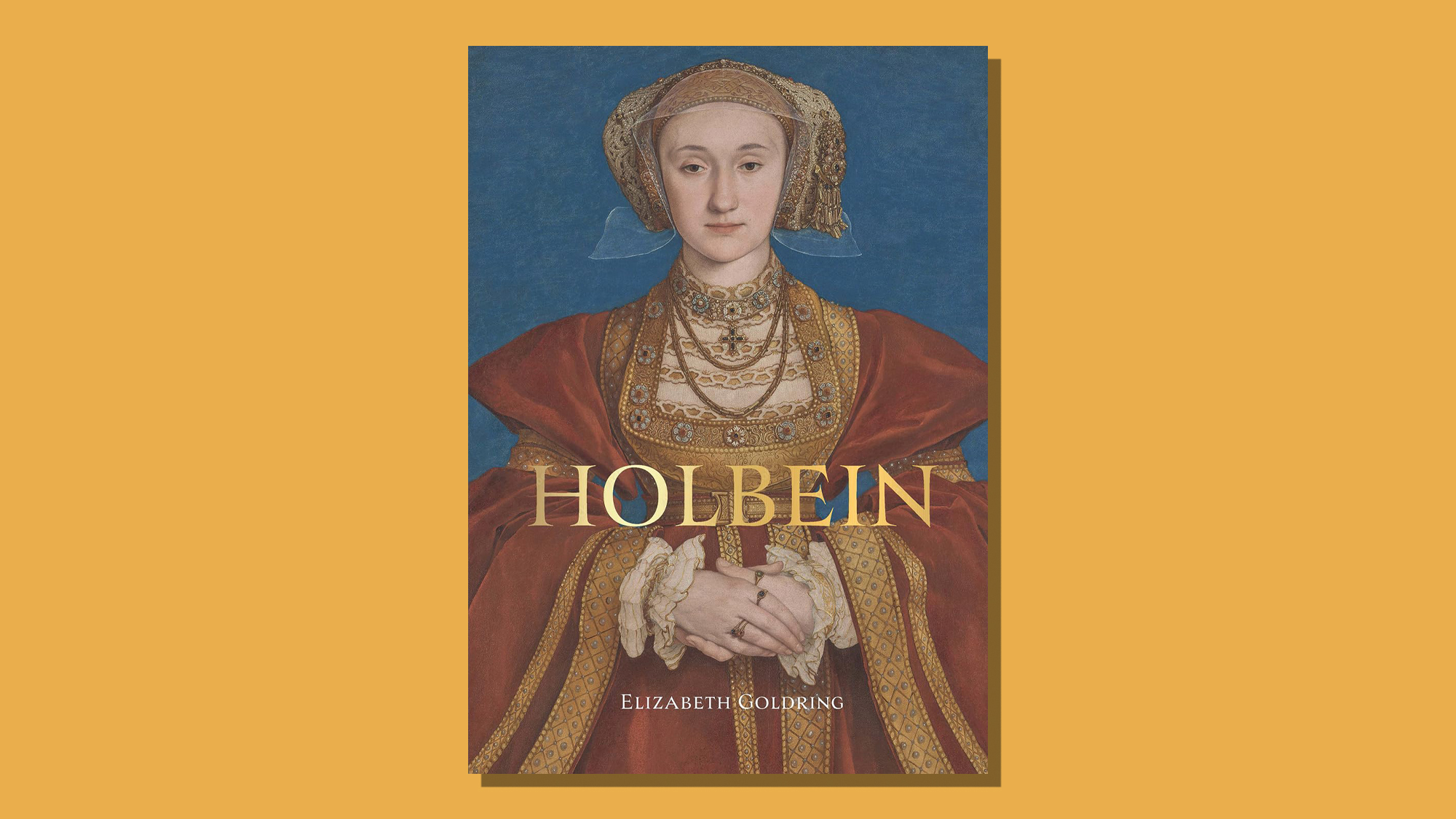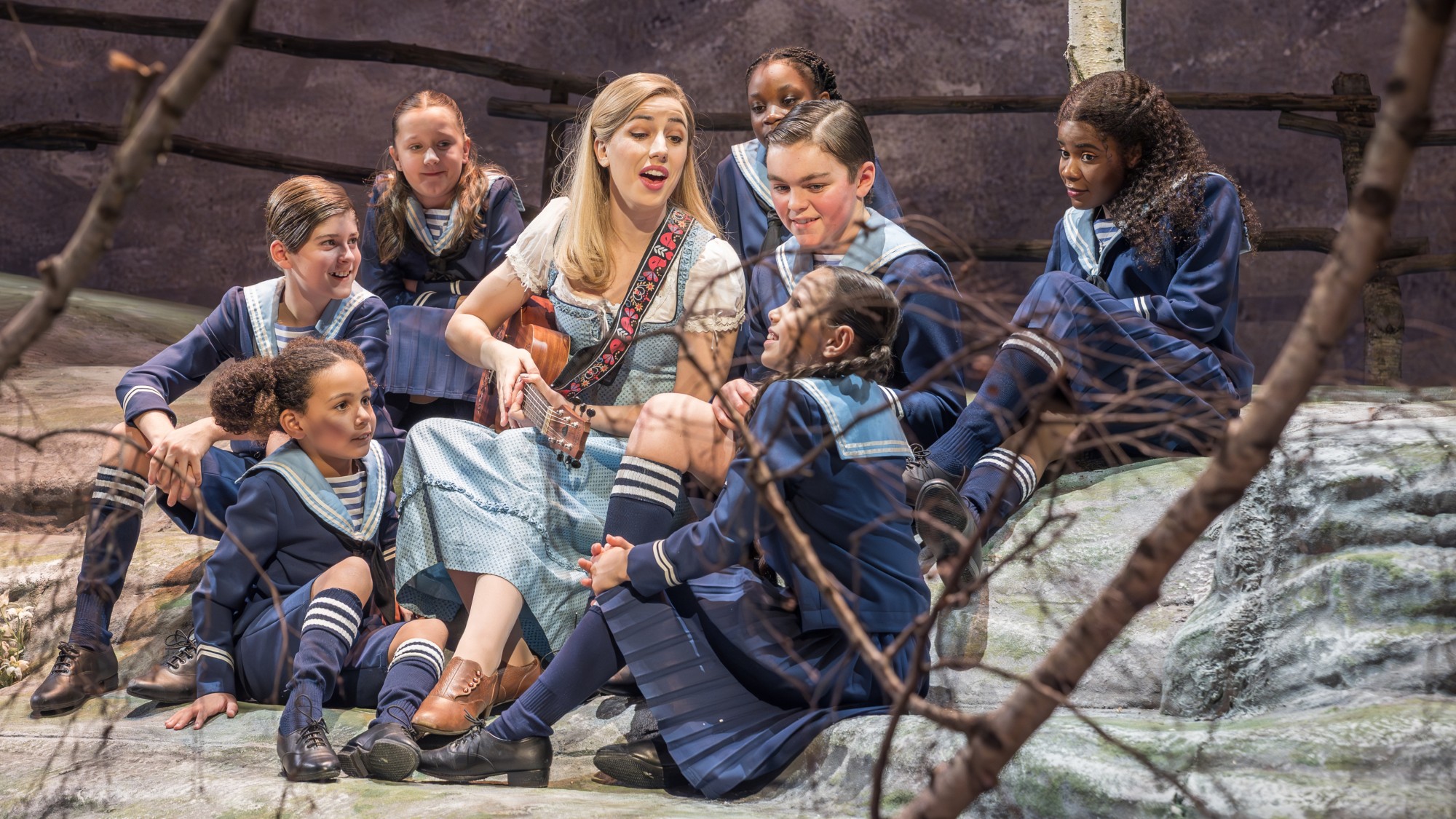Six Lives: The Stories of Henry VIII's Queens – a 'spectacular' display
Exhibition at the National Portrait Gallery reconstructs the queens' lives in 'vivid' detail

Divorced, beheaded, died; divorced, beheaded, survived. Henry VIII's six wives are often reduced to this easily memorable couplet, said Evgenia Siokos in The Daily Telegraph. In this new exhibition at the National Portrait Gallery, their lives are examined and reconstructed in rich detail.
The show brings together all manner of "artefacts, objets d'art and portraiture". There are contemporary paintings and tapestries – "you quail before the penetrating gaze of Katherine Parr, the survivor, in a portrait attributed to Master John" – as well as clothing and jewellery from Henry's court, plus a wealth of artworks and "paraphernalia" made long after their deaths. As a whole, it makes for a powerful corrective to the received wisdom, rescuing its six subjects from "reductionism" and allowing them "to be understood as vigorous, nuanced characters".
The show "aims both to explore these women as individuals and look at their long cultural afterlives", said Jessie Thompson in The Independent. In some respects, it delivers in spades. The exhibition opens with a contemporary copy of Holbein's portrait of Henry, a painting that came to "represent power itself" – indeed, as the wall texts remind us, some of his decisions "remain in place" 500 years after the fact.
The Week
Escape your echo chamber. Get the facts behind the news, plus analysis from multiple perspectives.

Sign up for The Week's Free Newsletters
From our morning news briefing to a weekly Good News Newsletter, get the best of The Week delivered directly to your inbox.
From our morning news briefing to a weekly Good News Newsletter, get the best of The Week delivered directly to your inbox.
From here, we pass to the Japanese conceptual photographer Hiroshi Sugimoto's "haunting" and "strangely beautiful" monochrome images of Tussauds waxworks of Henry's wives: they look as though "they have just stepped out of history", while "also feeling somehow creepy and fake". There's a vast range of material on show, from artworks owned by the women to a glass box of coasters, DVDs, Christmas decorations and other "Tudor-wife ephemera".
When the personal details come, "they are rare and disarming". It's pointed out, for instance, that Katherine Howard, Henry's last wife but one, wanted to rehearse her execution, "to minimise the spectacle". Yet the "humanity" of these women always remains "just beyond our reach". Ultimately, the show's efforts to portray them as "real people" rather than "faceless victims" never quite work.
I disagree, said Jackie Wullschläger in the Financial Times. Each woman is given a gallery of her own, "charting her reign, background, legend". We get a sense of them as individuals, but also of how their identities were "tangled or manipulated": the best-known image of Anne Boleyn was painted after her death; there is no securely attributed likeness.
As a whole, "it's a spectacular six-century display", from Holbein's "fluid, vivid" portraits to "the glittery punk-meets-Tudor Spandex and vinyl sequinned costumes" for the hit musical "Six". "On the way, there are royal jewels, Flemish silken tapestries, Degas's portrait of Anne of Cleves". This "superb" exhibition is a "perfect NPG show" – "using art to bring history to life".
A free daily email with the biggest news stories of the day – and the best features from TheWeek.com
National Portrait Gallery, London WC2. Until 8 September
-
 Heavenly spectacle in the wilds of Canada
Heavenly spectacle in the wilds of CanadaThe Week Recommends ‘Mind-bending’ outpost for spotting animals – and the northern lights
-
 Facial recognition: a revolution in policing
Facial recognition: a revolution in policingTalking Point All 43 police forces in England and Wales are set to be granted access, with those against calling for increasing safeguards on the technology
-
 Codeword: December 14, 2025
Codeword: December 14, 2025The daily codeword puzzle from The Week
-
 Heavenly spectacle in the wilds of Canada
Heavenly spectacle in the wilds of CanadaThe Week Recommends ‘Mind-bending’ outpost for spotting animals – and the northern lights
-
 10 upcoming albums to stream during the winter chill
10 upcoming albums to stream during the winter chillThe Week Recommends As the calendar turns to 2026, check out some new music from your favorite artists
-
 One great cookbook: Natasha Pickowicz’s ‘More Than Cake’
One great cookbook: Natasha Pickowicz’s ‘More Than Cake’the week recommends The power of pastry brought to inspired life
-
 It Was Just an Accident: a ‘striking’ attack on the Iranian regime
It Was Just an Accident: a ‘striking’ attack on the Iranian regimeThe Week Recommends Jafar Panahi’s furious Palme d’Or-winning revenge thriller was made in secret
-
 Singin’ in the Rain: fun Christmas show is ‘pure bottled sunshine’
Singin’ in the Rain: fun Christmas show is ‘pure bottled sunshine’The Week Recommends Raz Shaw’s take on the classic musical is ‘gloriously cheering’
-
 Holbein: ‘a superb and groundbreaking biography’
Holbein: ‘a superb and groundbreaking biography’The Week Recommends Elizabeth Goldring’s ‘definitive account’ brings the German artist ‘vividly to life’
-
 The Sound of Music: a ‘richly entertaining’ festive treat
The Sound of Music: a ‘richly entertaining’ festive treatThe Week Recommends Nikolai Foster’s captivating and beautifully designed revival ‘ripples with feeling’
-
 ‘Furious Minds: The Making of the MAGA New Right’ by Laura K. Field and ‘The Dream Factory: London’s First Playhouse and the Making of William Shakespeare’ by Daniel Swift
‘Furious Minds: The Making of the MAGA New Right’ by Laura K. Field and ‘The Dream Factory: London’s First Playhouse and the Making of William Shakespeare’ by Daniel SwiftFeature An insider’s POV on the GOP and the untold story of Shakespeare’s first theater